Just as the early morning sun had penetrated the Adriatic Sea’s marine layer, my driver arrived to take me to the Venice airport for my flight home to the U.S. The port of PortoPiccolo proved to be the ideal location to end my journey of Italy’s Friuli-Venezia Giulia Region. Located minutes from Trieste, devoid of Roman roads and medieval streets, the upscale seaside resort was the perfect venue to simply relax and reflect about my exploration of this almost secret region in northeastern Italy. In Part 1 of Friuli-Venezia Giulia, I discussed Trieste, Undine, Sacile and the Friulian Dolomites, but there was so much more to write about.
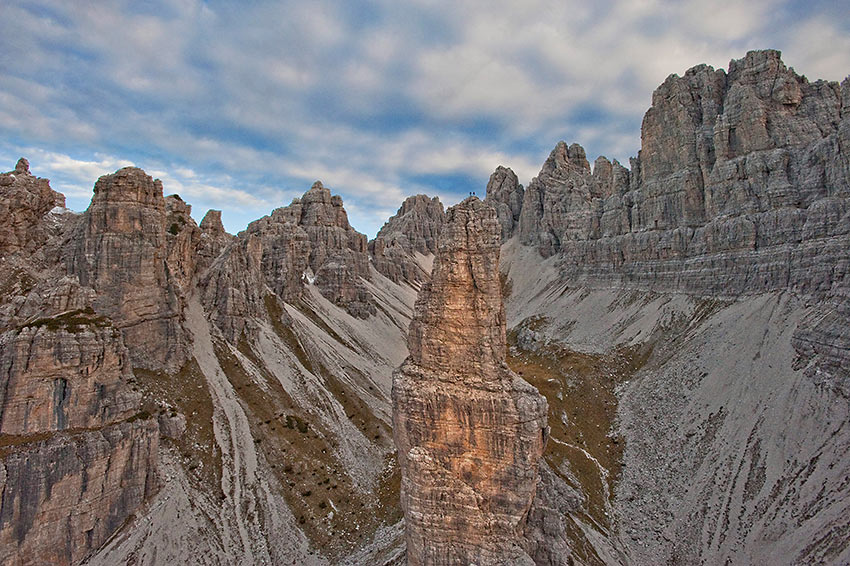
My driver was a well-traveled and youthful looking man of 70 who called Friuli-Venezia Giulia home. Speaking in perfect English, “My secret for fitness is to drink just one glass of Frulian wine a day,” he laughed. When I informed him that I was both a Great War and Ernest Hemingway buff, he politely pointed out World War I battle sites, many of which Hemingway had written about in A Farewell to Arms when he was an 18-year-old ambulance driver. So my journey continued with the driver as my own private guide. In between his informative commentary, he was anxious to hear about some of my favorite locations in his region.
Aquileia
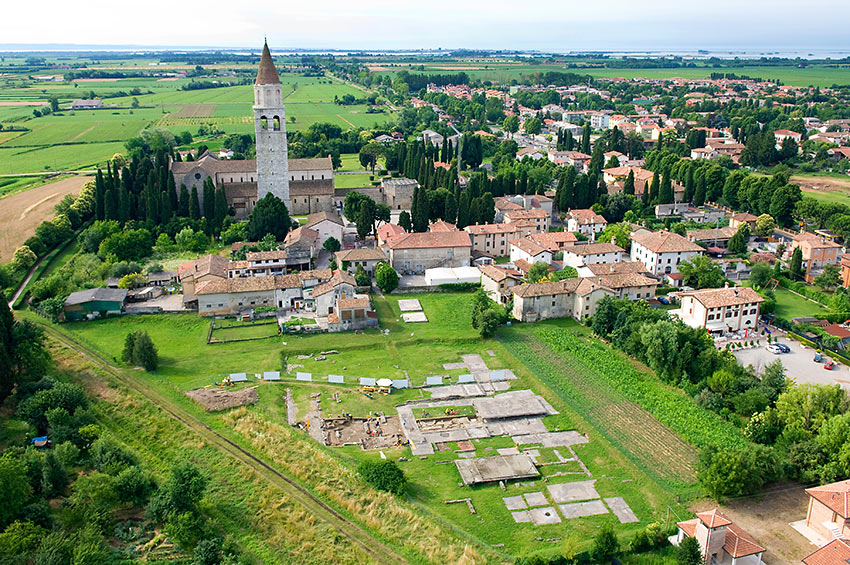
Aquileia is yet another of Friuli-Venezia Giulia’s UNESCO World Heritage Sites; and there are countless reasons why. Now a small rural village, it was colonized by the Romans in 181 BC, and was once the second largest city in the empire with a population of 100,000. It was initially intended as a military center to stave off invasions of central and northern European barbarians. But its position on the edge of the Adriatic’s lagoons led to its rapid growth as a commercial and political center, making it one of the wealthiest cities of the early Roman Empire.
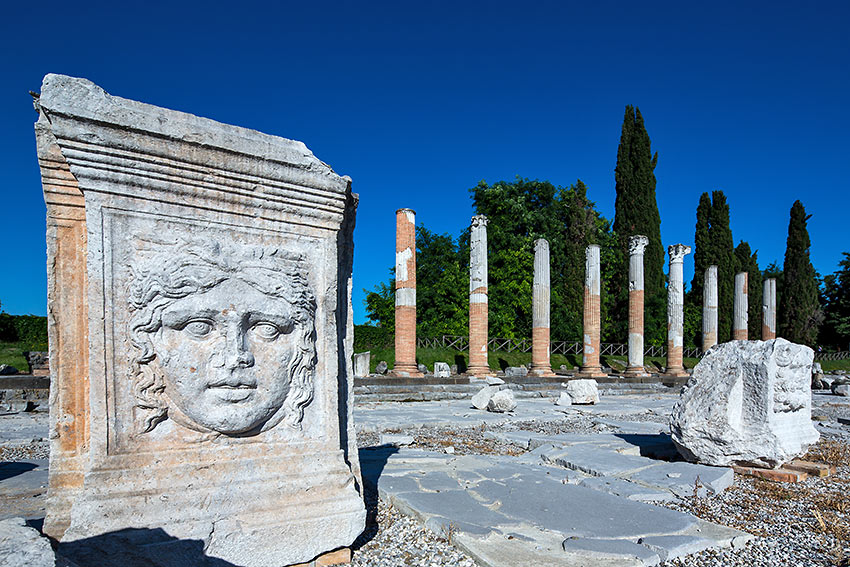
The city was leveled by Attila’s Huns in 452 AD, resulting in its citizens escaping to the southwest, eventually establishing Grado and Venice. Most of Aquileia still lies unexcavated beneath the fields, containing the world’s greatest archaeological reserve of its kind. In the early Middle Ages, a much smaller town in post-Roman Aquileia emerged. With the construction of the present day Basilica di Santa Maria Assunta, it went on to become the largest Christian diocese in Europe.
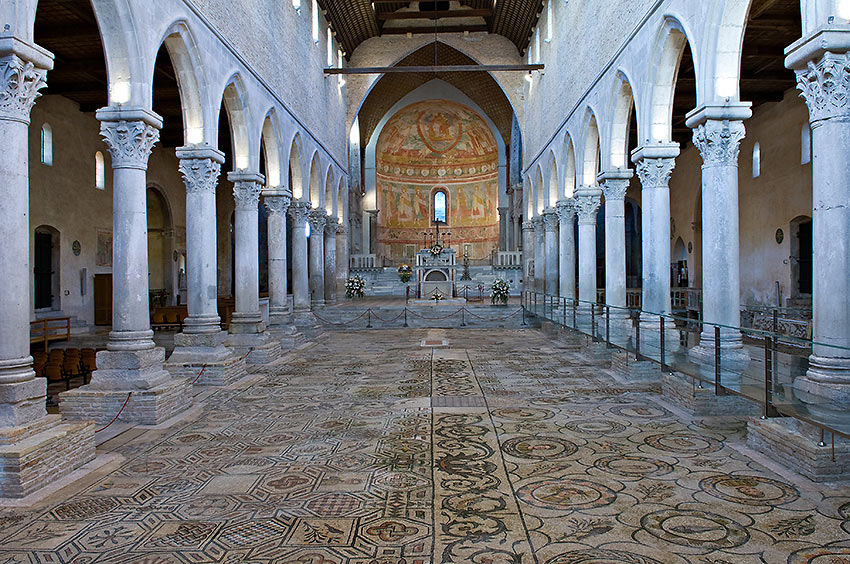
The patriarchal basilica played a key role in the evangelization of a large region in central Europe. Its remarkable floor mosaics are the oldest in Christendom. Keep in mind, throughout history, most sermons were in Latin, and the average person could not read nor write. Mosaics, stained-glass windows and statues were not only beautiful works of art, but also illustrated important biblical passages the populace could understand.
Grado, Friuli Venezia Giulia’s Lagoon City
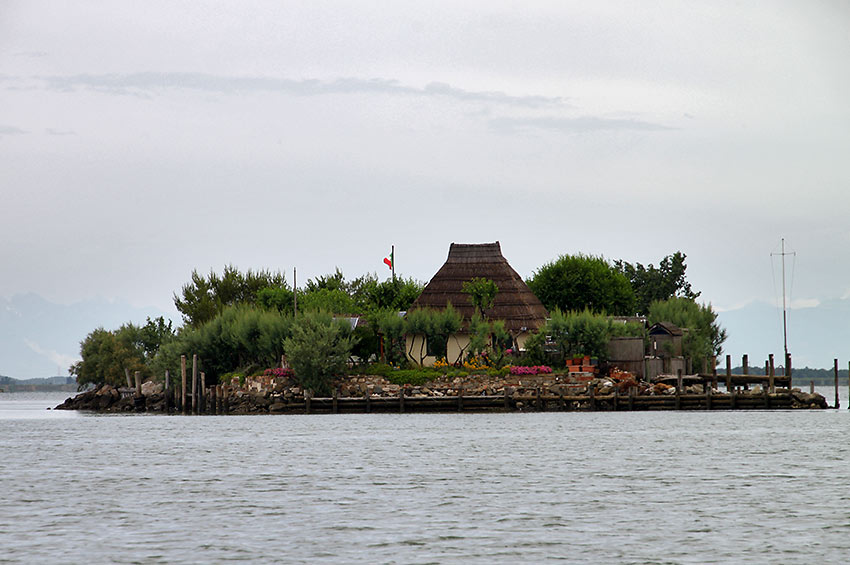
No stranger to creature comforts, the lagoon city of Grado was once a destination for the Romans to cool off their well-traveled legionnaire heels. Their mode of transport was a Roman road from Aquileia, now submerged under the lagoon’s waters. Located in the midst of the Adriatic’s northernmost lagoon, Grado was later a holistic retreat for the Hapsburg aristocracy who would use the seaside thermal springs and curative gray sand for therapeutic treatments. Its popularity continues today as a resort destination for German, Swiss, Austrian and Italian families.
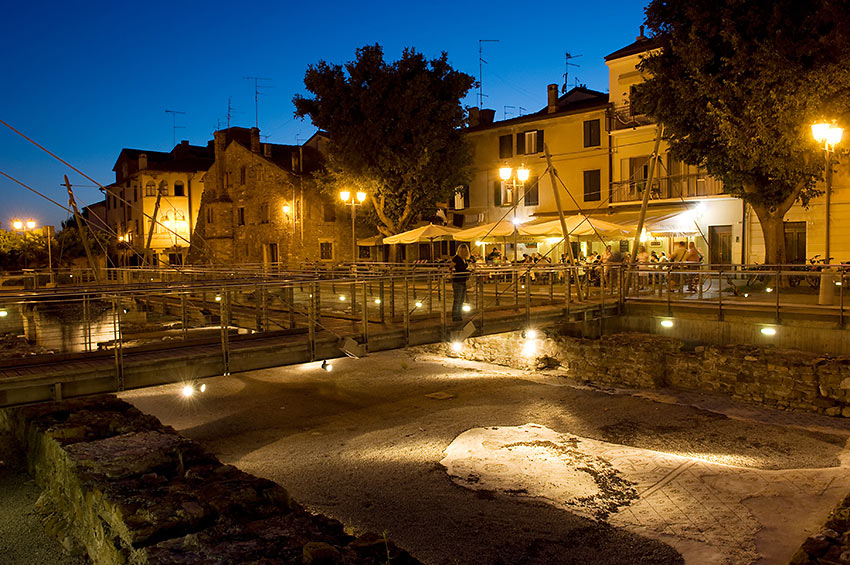
Grado is spread across a narrow island, backed by wide open beaches on one side, and lagoons with a series of small islands, wetlands on the other. In the middle there’s a rustic Venetian-style ancient town center where one can stroll through calli (narrow alleyways), which open to squares with examples of early Christian basilicas, fishermen’s houses and restaurants.
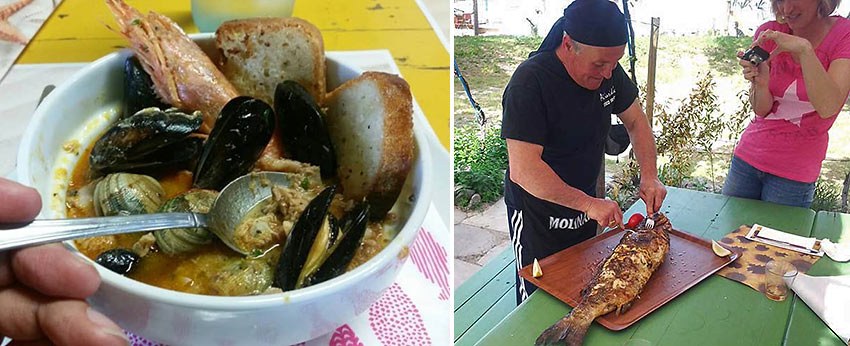
A boat tour of the lagoon is essential where traditional island life is on display with modest fishermen housing known as casoni, characterized by their straw roofs. Many casoni are now boarded-up with the glory days of fishing for a living almost gone, but you can still enjoy the rewards of the sea with the freshest of seafood served in one of the small island’s very authentic restaurants. Looking out at the lagoon’s marshes, reeds and petite islands, you can almost imagine what Venice once looked like before there was even a thought of building a city, let alone an empire. In the background looms the mountains where some of the fiercest battles of the Great War were fought.
Cellina Nature Reserve: The Hanging Bridge and the Lake of Barcis
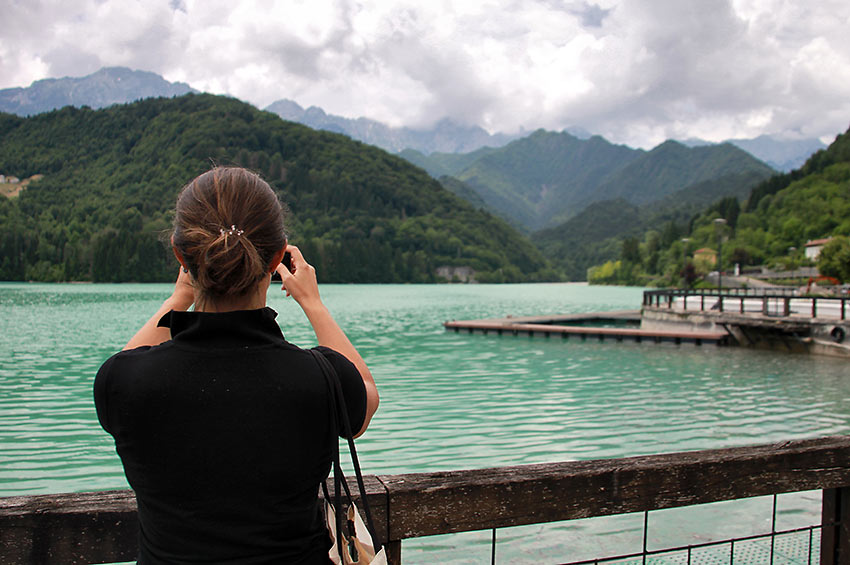
Cellina Gorge is the largest and most spectacular canyon of Friuli-Venezia Giulia. Carved away by years of torrential waters, steep limestone rocks plunge vertically into a creek with examples of intense erosion and karstification, a bit reminiscent of a small Grand Canyon. The waters and deep canyons was once the only link of the valley with the plain. The reserve is the most important part of the Cellina stream, located between the artificial lakes of Barcis and Montereale before its outlet in the high plains of Pordenone.

A new metal hanging bridge was recently constructed with steel cables and steps above the steep gorge. Participants wear climbing helmets provided by the custodian at the entrance, who convey instructions to enjoy the experience in safety.
Russiz Superiore Winery – The Grand Finale
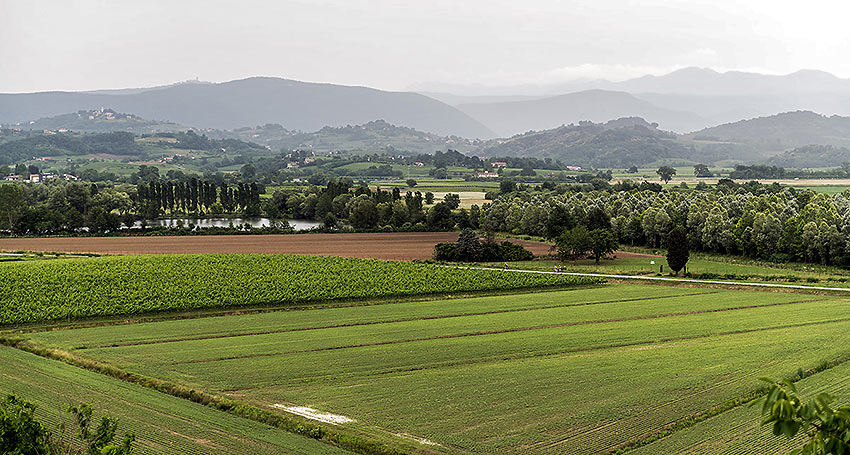
Roberto Felluga’s Russiz Superiore Winery is situated in the heart of Friuli’s breathtaking Wine Country. Originally part of the Austro-Hungarian Empire, some believe the region is psychologically closer to Austria than to Italy. One can taste this influence in his wines which possess almost a crisp Germanic precision. Russiz Superiore’s estate extends over 100 acres, with the focus on the small production of wines that maximize the intensity of the grapes as well as highlighting the landscape of its home in Collio. The Friulian central plateau’s Wine Country is rated as Italy’s third most important wine quality region.
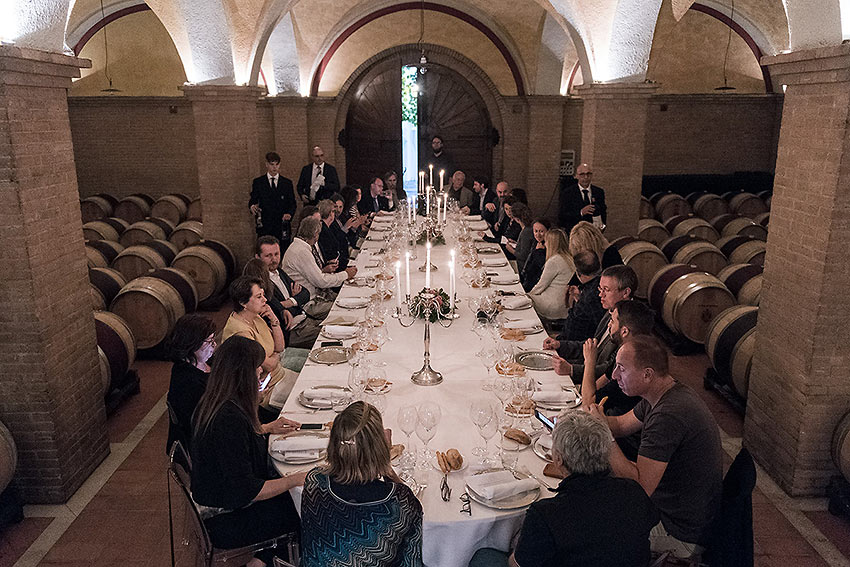
A wine and food extravaganza at the Russiz Superiore Wine Cellar was a fitting way to end the evening. And a glass of grappa, first produced in the local mountains, was the perfect digestive to end the meal. Other Friulian creations include Prosciutto di San Daniele – similar to Prosciutto di Parma, but less robust and more sublime – white asparagus, Montasio – a creamy, unpasteurized mountain cheese – and Spaghetti Felicetti – pasta from the Dolomites. Remember. In Italy pasta is not served as an entrée, it follows the antipasto and proceeds the main course. Pasta is also served in a bowl, with no large spoon for twirling the pasta with a fork. I asked a waiter in Grado where the antipasto tradition of dipping a piece of bread into a plate of olive oil began. He replied, “Los Angeles, California.” *
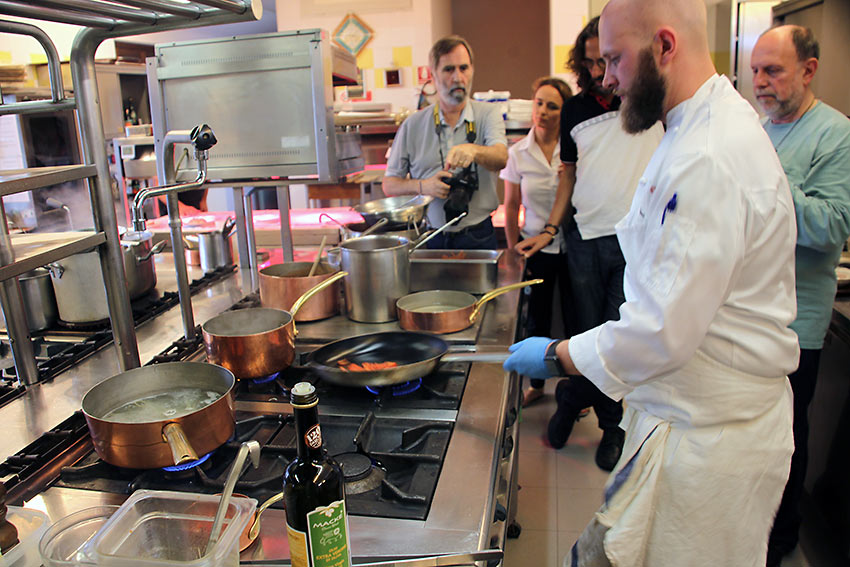
My driver and I arrived at the Venice Airport. With almost Austrian formality he dropped my bags at the terminal, and then shook my hand. “It was a great pleasure, signore.” “No, the pleasure really belongs to me,” I replied. “I’ve learned a lot from you.” I handed him a few euros. “Please take this and don’t be offended.” After glancing at the money, he responded, “This will buy many ‘one-glass-a-day-wines.’” He then added, “Friuli has many secrets and maybe the time is right for them to be discovered by the rest of the world.” With that, he drove off and I entered the airport for my exploration of Friuli-Venezia Giulia was over.
* History tells us that the history of dipping a cubed piece of bread in a dollop of olive oil was a way to test the quality of the various oils. Because butter is generally not on the Italian table, North Americans assume that the olive oil which is, is for flavoring the bread.

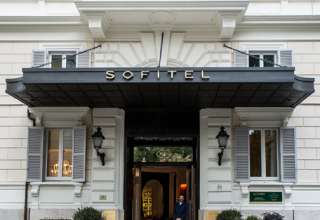
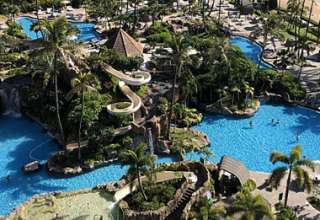






















Raoul Pascual
August 10, 2018 at 5:14 am
Fabulous article Ed. What an amazing trip to parts of Italy that are rarely covered. Your photos said it all.
Raoul